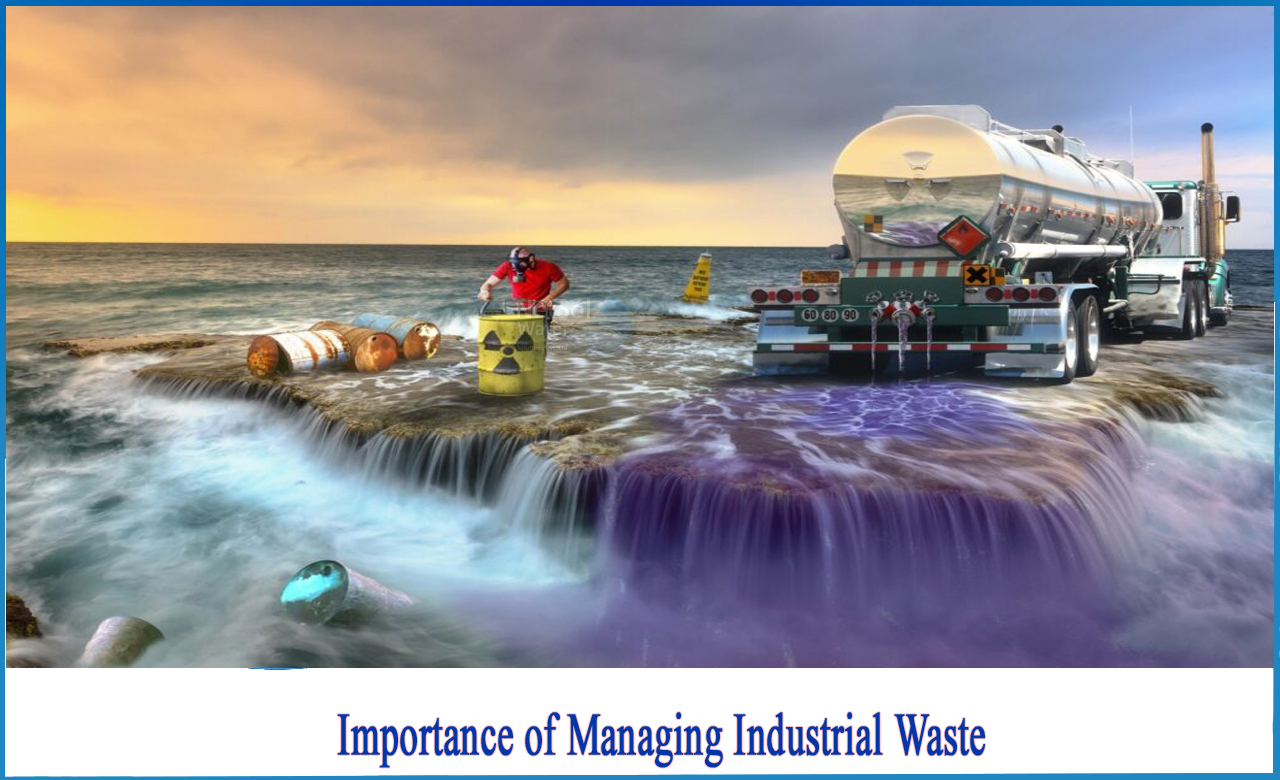Reclaim Waste Fundamentals Explained
Reclaim Waste Fundamentals Explained
Blog Article
How Reclaim Waste can Save You Time, Stress, and Money.
Table of ContentsNot known Factual Statements About Reclaim Waste Reclaim Waste Fundamentals ExplainedReclaim Waste Fundamentals ExplainedWhat Does Reclaim Waste Do?Indicators on Reclaim Waste You Should Know
Residential sewage waste refers to the waste and items from a property septic container. The correct management and disposal of domestic sewer waste require liquid waste to be moved to a sewage treatment plant where the proper approaches and equipment are applied to detoxify and dispose of waste.
Industrial waste commonly consists of prospective risks, such as combustible products or a mix of liquid and solid waste products, and calls for an advanced and comprehensive disposal process. The disposal of business waste generally entails the filtering of waste before transport to make sure secure and proper disposal. Hazardous waste is created from by-products and overflow of commercial procedures and production.
This sort of waste can not utilize the very same sewage management transport or procedures as septic or industrial liquids. The commercial waste administration process needs the examination and screening of liquid waste prior to it undergoes the disposal procedure (liquid waste removal). Overflow waste is the liquid waste that originates from runoff and excess stormwater in highly populated areas or cities
Overflow waste can trigger contamination and flooding if not taken care of correctly. Ensuring appropriate waste management can prevent catastrophes and lower environmental injury.
The Ultimate Guide To Reclaim Waste
Call PROS Providers today to learn concerning our waste management and disposal solutions and the appropriate methods to care for the fluid waste you generate.
(https://www.slideshare.net/leonaube33101)This so-called 'wastewater' is not only a crucial resource yet, after treatment, will be launched to our land, waterways or the sea. Utilized water from toilets, showers, bathrooms, cooking area sinks, laundries and industrial procedures is recognized as wastewater.

water made use of to cool machinery or tidy plant and tools). Stormwater, a type of wastewater, is overflow that moves from farming and urban areas such as roofs, parks, yards, roads, courses and rain gutters into stormwater drains, after rainfall. Stormwater streams neglected straight to neighborhood creeks or rivers, eventually getting to the ocean.
Unknown Facts About Reclaim Waste
In Queensland, the majority of wastewater is dealt with at sewer treatment plants. Wastewater is transferred from residential or industrial sites with a system of sewers and pump stations, understood as sewerage reticulation, to a sewage treatment plant.
The Division of Natural Resources encourages city governments regarding managing, operating and maintaining sewerage systems and treatment plants. In unsewered areas, city governments might need homeowners to set up individual or household sewage treatment systems to treat domestic wastewater from bathrooms, kitchen areas, restrooms and laundries. The Department of Natural Resources authorises the use of household systems when they are confirmed to be reliable.
In some new class, treatment of some stormwater to eliminate litter, sand and crushed rock has actually begun making use of gross toxin traps. Wastewater therapy occurs in 4 phases: Gets rid of solid matter.
Wastewater after that flows into huge containers where solids settle and are gotten rid of as sludge. Oil and scum are skimmed from the surface. Utilizes tiny living microorganisms called micro-organisms to damage down and remove remaining dissolved wastes and great bits. Micro-organisms and wastes are incorporated in the sludge. Gets rid of nitrogen and phosphorus nutrients that could cause algal flowers in our waterways and intimidate aquatic life.
Getting The Reclaim Waste To Work
Nutrient removal is not readily available in all sewer therapy plants due to why not try these out the fact that it needs expensive specialised tools. It is coming to be a lot more typical in Queensland. Clear fluid effluent created after therapy may still contain disease-causing micro-organisms. If this effluent is launched into waterways such as rivers or the sea, the micro-organisms will at some point die out.

A lot of wastewater flows into the sewerage system. Under the Act, neighborhood federal governments provide approvals and licences for environmentally appropriate tasks (Periods) including wastewater launches that may have a regional impact.
Everything about Reclaim Waste
Monitoring gives valid information regarding water top quality and can verify that permit problems are being met. The info gotten via monitoring supplies the basis for making water quality choices.
Report this page